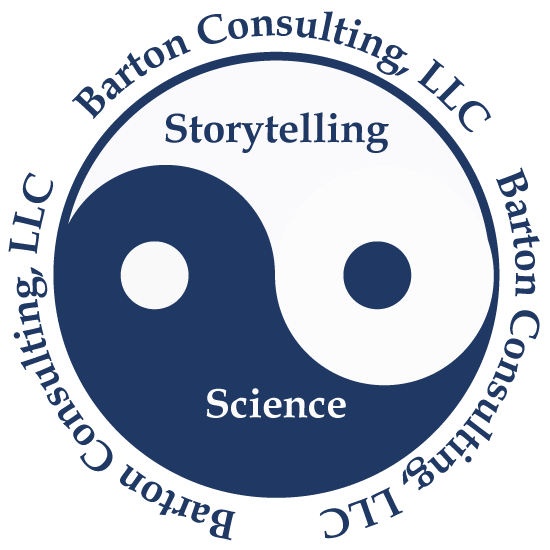What picture springs to mind when you hear someone say “flowchart”? Then you look at the word (flowchart) or is it two words (flow chart)?! Both spellings are correct, so don’t be worried.
Do you see a crazy spaghetti mess of shapes and lines?
Would you believe me if I told you that you only need three shapes to map your business processes?
Yep. You need an oval (END points), a diamond (DECISIONS), and a plain rectangle (WHAT is happening). The ovals show the beginning and the end of the process you are documenting.
Just because there is an end point doesn’t mean that there are not more processes. Remember that systems consist of linked processes. We only want to look at one part of the system at a time. Another way to think about systems and processes is to imagine a chain. A chain (system) is made of links (processes).
Why do you need to know how to create a flowchart? Simply put, because the first step to getting better is to write down what is happening now.
For example, what do you do when you get a business card? On a flowchart it could look like this:
Assuming you want to add the person’s information to your contacts what do you do? Notice that the flowchart does not show any steps about what happens after the information hits the contact management system or your assistant’s desk. This gap may be because that activity is part of another flowchart, or you may not have a system for reaching out after you collect those business cards.
As you can see, by mapping what you are doing, you can figure out better AND faster ways of getting to your goal. For more information about flowcharts, visit the American Society for Quality (ASQ) resource page on flowcharts, MindTools article on Flow Charts, or just use your favorite search engine and the keyword flowchart.
Next time: If astronauts use checklists why shouldn’t you?
What topics would you like to know more about? This is your resource. Comment below or email me.



